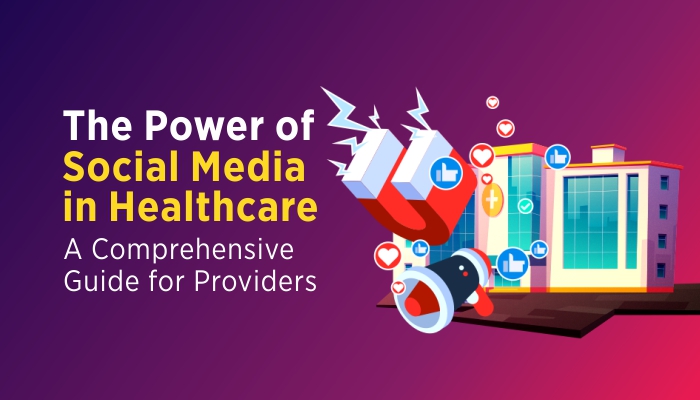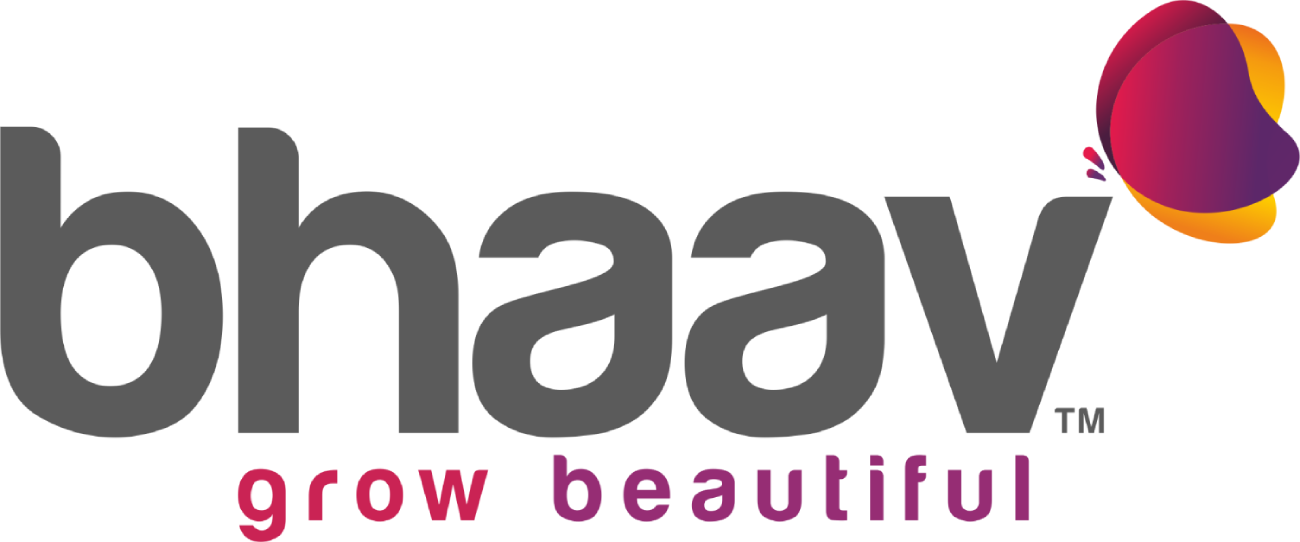
The Power of Social Media in Healthcare: A Comprehensive Guide for Providers
In October 2023, social media had a whopping 4.95 billion active users worldwide, making up 61.4 percent of the global population. Over the last year, 215 million new users joined in, showing a growth rate of 4.5 percent yearly, averaging 6.8 new users per second.
Between July and October, the rate spiked to 9.6 new users per second. Now, more than 90% of internet users are on social media every month, reshaping how we connect globally.
However, these user counts might include duplicates, and the numbers may surpass internet users or total population figures due to restrictions for users under 13.
Also, recent data shows that about 79% of adults aged 18 and up use social media worldwide. On average, a user is active on 6.7 different platforms monthly, spending around 2 hours and 24 minutes each day. Considering people sleep 7 to 8 hours a day, this suggests roughly 15% of waking time is spent on social media.
Globally, we spend nearly 12 billion hours daily on these platforms, equal to over 1.35 million years, showing how much social media shapes our modern lives.
How Does Social Media Empower Healthcare Providers?
Social media has transformed how healthcare works, bringing many benefits:
1. Engaging Patients
Doctors use social media to involve patients in their health. They share info, answer questions, and provide support. This helps patients make better decisions about their health.
2. Happier Patients
When healthcare providers communicate directly through social media, patients feel more connected and satisfied. They find information about their health issues, join supportive communities, and have meaningful conversations, leading to happier experiences with healthcare.
3. Building Reputation
Healthcare pros share stories on social media about successful patient experiences. This attracts new patients and builds trust in the provider’s abilities.
4. Reaching More People
With social media, healthcare providers can reach specific groups of people in different places without spending a lot on advertising. This helps them target the right audience at a lower cost.
Social media in healthcare is not just about marketing. It’s about engaging patients, making them happier, and spreading the word about good healthcare practices.
Different Social Media Platforms Trending in the Healthcare Sector
Multiple social media platforms are been used these days, mentioned below are the most common ones. Let’s have a look at it:
This platform’s vast user base allows healthcare providers to share educational content, health tips, and updates. It’s an excellent space to build relationships with patients by engaging with them directly, fostering a sense of community, and increasing visibility for healthcare practices.
Known for its quick updates and concise messaging, Twitter is beneficial in the healthcare realm for disseminating news, sharing healthcare-related updates, live event coverage, and engaging in conversations around healthcare trends and events. Its real-time nature makes it effective for prompt responses and information sharing.
Instagram offers a creative space for healthcare providers to connect with its 1.4 billion active users by focusing on visual content like images, infographics, and short videos. These visuals serve as effective tools for engagingly delivering health-related information, aiding patients in better comprehending and relating to medical information.
Geared toward professionals, LinkedIn offers healthcare providers an avenue to network, share industry insights, and establish themselves as thought leaders in the healthcare sector. It’s a place to connect with peers, share expertise, and stay updated with industry developments.
YouTube
As a video-sharing platform, YouTube enables healthcare providers to share educational content, patient testimonials, procedural videos, and expert insights. It’s a valuable resource for patients seeking detailed information and serves as a platform to humanize healthcare by sharing personal stories and experiences.
How to make the most of Social Media
Plan Smartly
Crafting a social media strategy involves setting clear goals aligned with the audience’s needs, determining the type of content to share, and outlining posting schedules to ensure consistency and effectiveness.
Create Genuine Content
Content diversity is essential. Providers should generate compelling content like informative videos, visually appealing infographics, engaging blog posts, and relevant articles to resonate with their audience’s interests and needs.
Be Consistent
Regular and consistent posting maintains audience engagement and keeps the provider visible in the feeds of their followers. It creates an expectation among followers for fresh and relevant content.
Engage Actively
Actively engaging with the audience by responding to comments, queries, and messages demonstrates attentiveness and fosters a sense of community. It humanizes the provider and helps build relationships.
Use Analytics
Monitoring social media metrics provides insights into performance, audience behavior, and content effectiveness. It allows providers to adjust their strategies for better engagement and impact.
Other things to be considered include:
Protect Privacy
Safeguarding patient information and obtaining consent before sharing any identifiable data is critical to maintaining patient confidentiality and trust.
Respect and Accuracy
Upholding respectful discourse while ensuring accuracy in information shared avoids misinformation and preserves the provider’s credibility.
Be Transparent
Disclosing any conflicts of interest ensures transparency, fostering trustworthiness in provider-patient interactions and content shared.
The integration of social media into healthcare is on an innovative trajectory, promising significant advancements in patient care. This evolving landscape offers a myriad of opportunities for healthcare providers, expecting a surge in leveraging social media’s potential to elevate healthcare delivery.
Future of Social Media
Looking ahead, the future of social media in healthcare foresees transformative applications that will revolutionize patient care experiences. Healthcare providers adapting to these changes stand poised to witness a remarkable shift, enabling them to optimize social media’s potential for enhancing healthcare services.
As social media continues its evolution, its integration into healthcare offers promising avenues for improving patient care and experiences. Healthcare providers embracing these transformations will likely witness further enhancements in utilizing social media’s capabilities to augment healthcare delivery.
BHAAV Healthcare Social Media Marketing Agency
BHAAV Healthcare, a specialized social media marketing agency, is known to guide healthcare providers through these changes. Our expertise assists healthcare entities in harnessing the power of social media effectively, ensuring strategic utilization for positive impacts on patient care.
Social media is a potent tool that holds immense potential to revolutionize patient care in healthcare. Skillful navigation and ethical awareness are paramount as healthcare providers navigate this influential force, aiming to strengthen patient relationships, foster impactful communication, and extend the reach of healthcare services. Strategic utilization of social media, coupled with guidance, has the potential to significantly transform the healthcare industry delivery system.
